Nutanix Community Edition for Home Lab
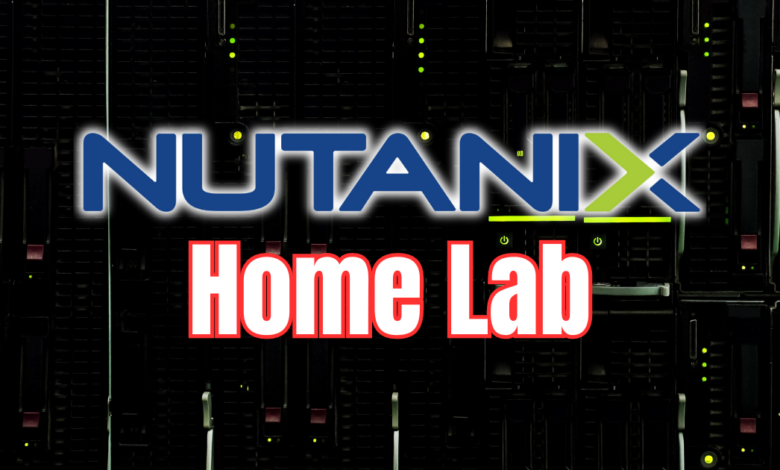
With the massive uncertainty regarding VMware vSphere, there are a lot of home labbers out there who are looking at alternatives to VMware vSphere. These may be looking at open-source solutions like Proxmox and XCP-ng. However, there is another solution you can consider: Nutanix Community Edition. The Nutantix CE edition is free to download. It provides a great solution for spinning up and running your home lab on top of what may become one of the popular alternatives in the enterprise for VMware if things continue to escalate with the Broadcom changes.
Table of contents
- What is Nutanix Community Edition?
- Recommended community edition hardware
- Community Edition licensing requirements
- My Nutanix Home Lab hardware for testing
- Install Community Edition
- Sign up for a NEXT account
- Controller VM and Data Management
- Uploading an ISO to your Nutanix home lab
- Creating a Nutanix virtual machine in your home lab
- Exploring the Web Console
- Other things to consider
- Wrapping up Nutanix Community Edition for home lab
What is Nutanix Community Edition?
Nutanix Community Edition CE 2.0 is a free, community-supported version of the Nutanix hyper-converged infrastructure (HCI) system cloud platform. It’s designed to be installed on various hardware configurations using the Nutanix CE Installer.
This edition allows individuals to explore and learn the functionalities of the Nutanix platform, including managing infrastructure on their own hardware. It includes Prism, which is the Nutanix interface that provides management of the Nutanix environment.
Nutanix Community Edition is ideal for those who want to experience the features of the Nutanix platform without the cost associated with the commercial version. It can be installed on different types of hardware, from VMware vSphere and Workstation to bare metal physical servers.
While you may not have thought about Nutanix being home lab-friendly, it is. The community edition allows running VMs without limitation and you can even run up to a 4-node cluster with the community edition licensing. You will need to register for a Nutanix account.
Nutanix CE supports various upgrades and deployments, including upgrades for AOS (the operating system for Nutanix clusters) and AHV (Nutanix’s hypervisor), as well as deployments for Prism Central, a management solution for Nutanix environments, similar to VMware vCenter Server.
Recommended community edition hardware
Take a look at the table below for the recommended Nutanix community edition hardware:
| Component | Recommendation | Notes |
|---|---|---|
| CPUs | Intel CPUs (Sandy Bridge or later), AMD CPUs (Zen or later) | 4 core minimum; 2 cores for Controller VM |
| System Memory | 20 GB minimum | 32 GB+ recommended for AOS features like deduplication, compression |
| Network Interface Card | Intel: 1GbE, 2.5GbE; Realtek: 1GbE, 2.5GbE; Other compatible NICs | |
| Host Bus Adapter (HBA) | Supports AHCI SATA, LSI controller in IT mode, IR mode with pass-through, or IR mode with RAID-0 | NVMe drives also reported to work by some users |
| Storage Devices, All | Max 4 SSD/HDD drives per node | Some users reported success with more than 4 drives |
| Storage Devices, Cold Tier | 500 GB+ available, Max 18 TB (3 x 6 TB HDDs) | HDD or SSD for cold-tier storage |
| Storage Devices, Hot Tier | Single 200 GB+ SSD | |
| Hypervisor Boot Device | One 32 GB+ device per node (external or internal) | USB 3.0 drives recommended to avoid imaging issues |
| Firmware | Update to the latest version recommended by hardware vendor | |
| Cluster Size | Single-node, three-node, and four-node clusters supported | Three-node cluster recommended; single-node cluster cannot be expanded |
| Imaging Software | Use dd utility (Linux, Mac OS X) or Rufus (Windows) for USB drive imaging | Not needed if using Virtual Drive feature of IPMI |
Community Edition licensing requirements
Note the following licensing requirements:
| Requirement | Enforcement |
|---|---|
| Admin Account Password Change | Mandatory immediate change of the default admin user password upon first sign-in to the Prism web console. |
| Nutanix NEXT Account Login | Requires login with Nutanix NEXT account with valid Community Edition privileges after changing admin credentials. Your NEXT account is the same as My Nutanix account. |
| Outgoing TCP Ports 80 or 8443 Access | Must have outgoing TCP ports 80 or 8443 open through your firewall for Pulse, an automated feedback mechanism that sends cluster alerts and usage statistics. |
My Nutanix Home Lab hardware for testing
The following walkthrough will consider setting up just a single Nutanx host in your home lab environment. I will be using one of my older Supermicro SYS-5028D-TN4T servers. These have a Xeon D-1541 processor with 8 cores and 16 threads.
Install Community Edition
Installing Nutanix Community Edition involves downloading the Community Edition ISO and using something like Rufus or Ventoy. You can download the ISO here:
- Nutanix Community Edition | Hands-on Hyperconvergence.
- Look for the link “Join and Download at no cost.“
The Nutanix Community Edition ISO is fairly hefty at around 5 gigs for the 6.5.2 stable edition that I downloaded at the time of this writing. Booting my Supermicro from the ISO below.
You will get to the Nutanix Community Edition installer as you see below. Select your hypervisor. Yes, Nutanix can actually work with ESXi as the hypervisor and it provides the storage. However, here we are going native Nutanix.
It will automatically take a look at the drives you have installed. You will also set the host IP address, CVM IP address, Subnet Mask, Gateway, and DNS Server address. You can select whether or not you are creating a single-node cluster.
Accept the EULA.
Rebooting after the first round of the installation.
The Nutanix host is fully booted.
Log into Prism with the default admin account admin/Nutanix4u as the default. You will be asked to change the default admin Nutanix 4u password after you log in the first time.
Sign up for a NEXT account
You will need to sign up for Nutanix NEXT account as well and will be prompted for this after you log into Prism central.
Getting to the Home dashboard in Prism central.
Controller VM and Data Management
The Nutanix Controller VM (CVM) is a core component of the Nutanix architecture. It is deployed as a virtual machine on each node in a Nutanix cluster. Its primary role is to manage data operations for the cluster, including storage, I/O operations, and data management functions like deduplication, compression, and replication.
Uploading an ISO to your Nutanix home lab
One of the first things you will want to do is upload an ISO image to install your first Nutanix virtual machine from. Click the settings cog in the upper right-hand corner of Prism. Then click Image Configuration > Upload Image.
Fill in the Create Image dialog box. Browse to your ISO file and Save your ISO image. It will then begin uploading.
You will see the ISO image listed in your image configuration.
Creating a Nutanix virtual machine in your home lab
Now that we have the ISO image uploaded and ready to go, we can create our new virtual machine. Select VM in the dropdown menu in the upper left. Then select Create VM.
In the general configuration, fill in the general configuration that you want to enable for the virtual machine, including CPUs, memory, CD-ROM, and network configuration.
You will want to configure your CD-ROM to point to the image we uploaded and also add a new disk to the VM.
Also, add a new network configuration, including a new Subnet. You can use the existing virtual switch to get started like I am doing below. If you simply want your VM to connect to the untagged VLAN, you can name the new subnet and then use VLAN ID 0.
Now that we have the virtual machine created, I have powered it on, and we can see the Ubuntu 22.04 LTS installation begin.
Exploring the Web Console
Nutanix’s web console is an excellent tool for managing your home lab virtual machines. If you are used to the VMware VMRC or the web console, then using the Nutanix web console is not much different. You can right-click on a virtual machine and select Launch Console.
Other things to consider
Setting Up and Managing Accounts
Account management is also something you can do with your Nutanix home lab. You can create and manage accounts within Nutanix CE, including changing the default admin settings and the community edition role configuration.
Weird issue with the self-signed SSL certificate in Nutanix CE
I ran into a weird issue that I posted on the VHT Forum with the Nutanix Community Edition self-signed certificate. Oddly enough, I could only access the site using Firefox, as it must handle the SSL error a bit differently. Chrome and Edge Chromium would present with the error below and not allow you to continue.
The solution is to regenerate the certificate. Follow the steps below to regenerate the certificate.
Choose the option to regenerate the certificate.
Then click OK.
Alerting and logging
If you run into issues, you will want to look at the logging and alerting in Nutanix CE.
Wrapping up Nutanix Community Edition for home lab
I think the Nutanix Community Edition is a great option for home lab as it provides a similar experience running VMware vSphere (an enterprise hypervisor that you can run as a free community edition). Also, Nutanix doesn’t place many limits on the community edition (relatively speaking), which is nice. If you are looking at your options moving forward in the home lab environment for a different hypervisor with the uncertainty with VMware vSphere, Nutanix is an excellent option to get your feet wet with as I am sure there will be quite an uptick in adoption in the enterprise after the recent happenings on the VMware side of things.



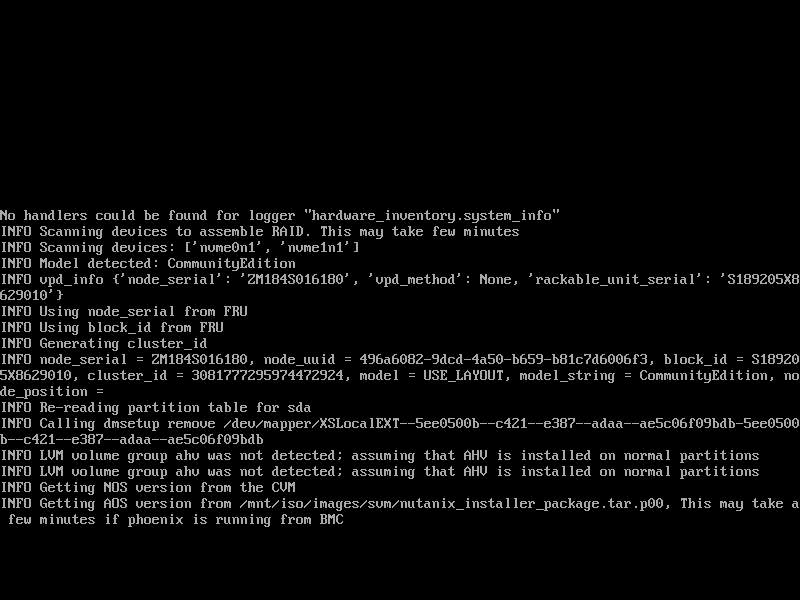
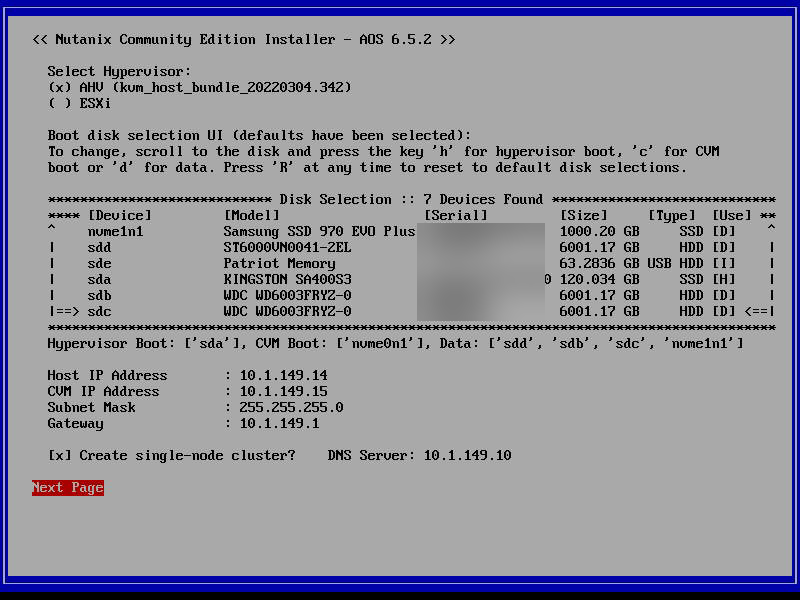
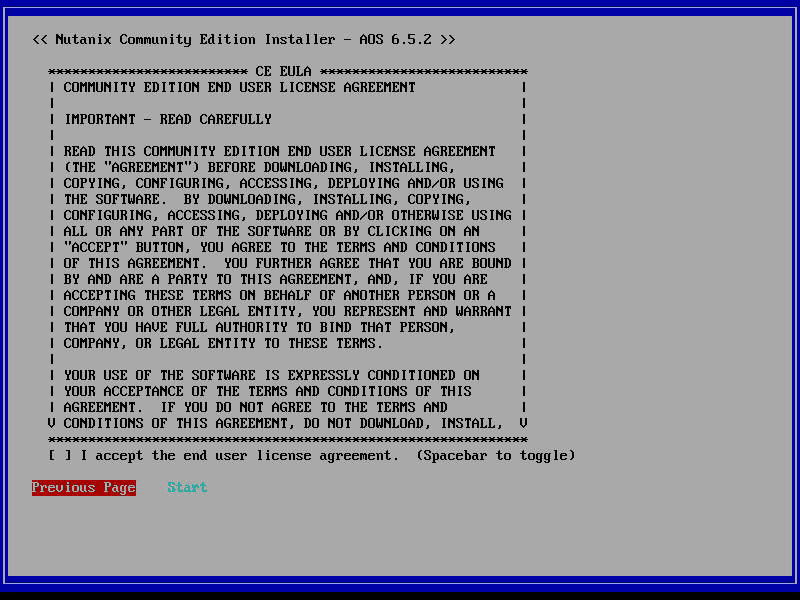
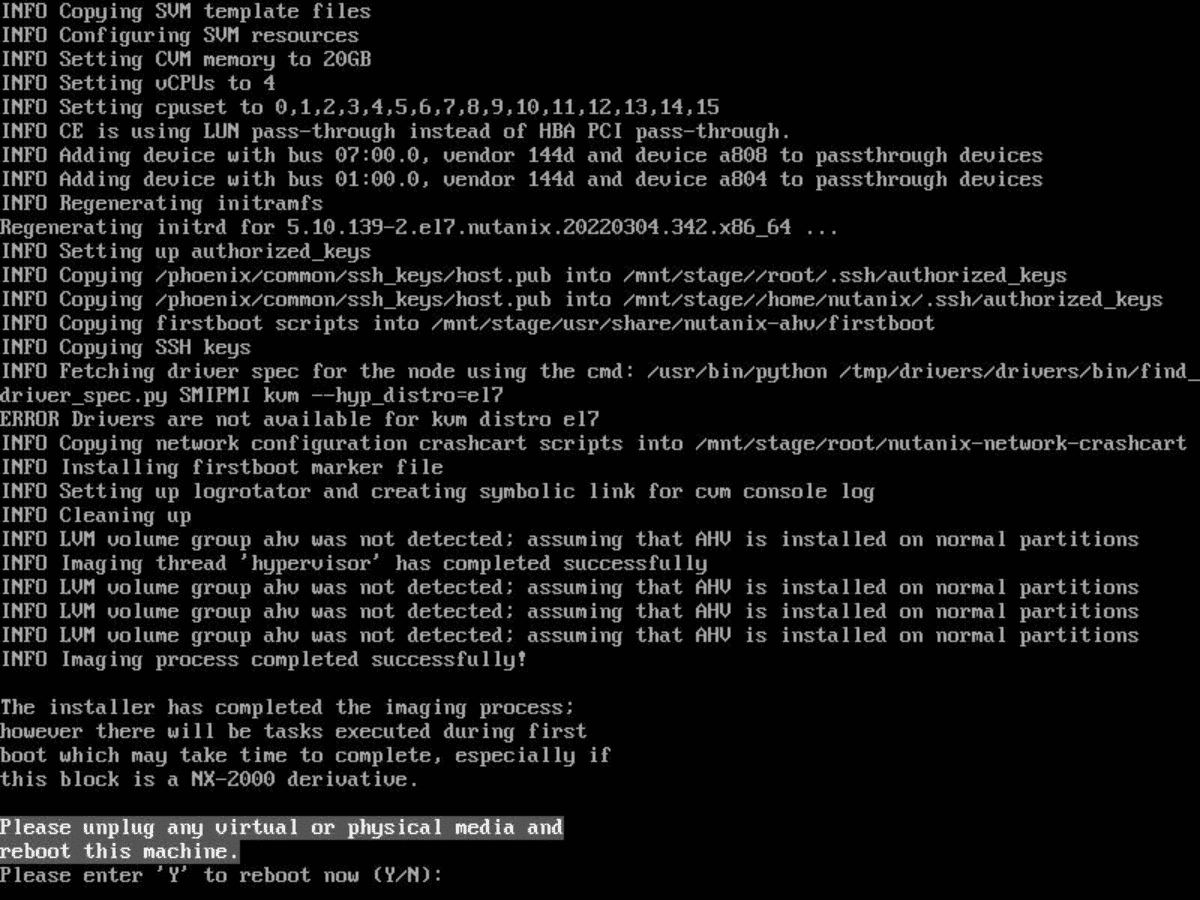
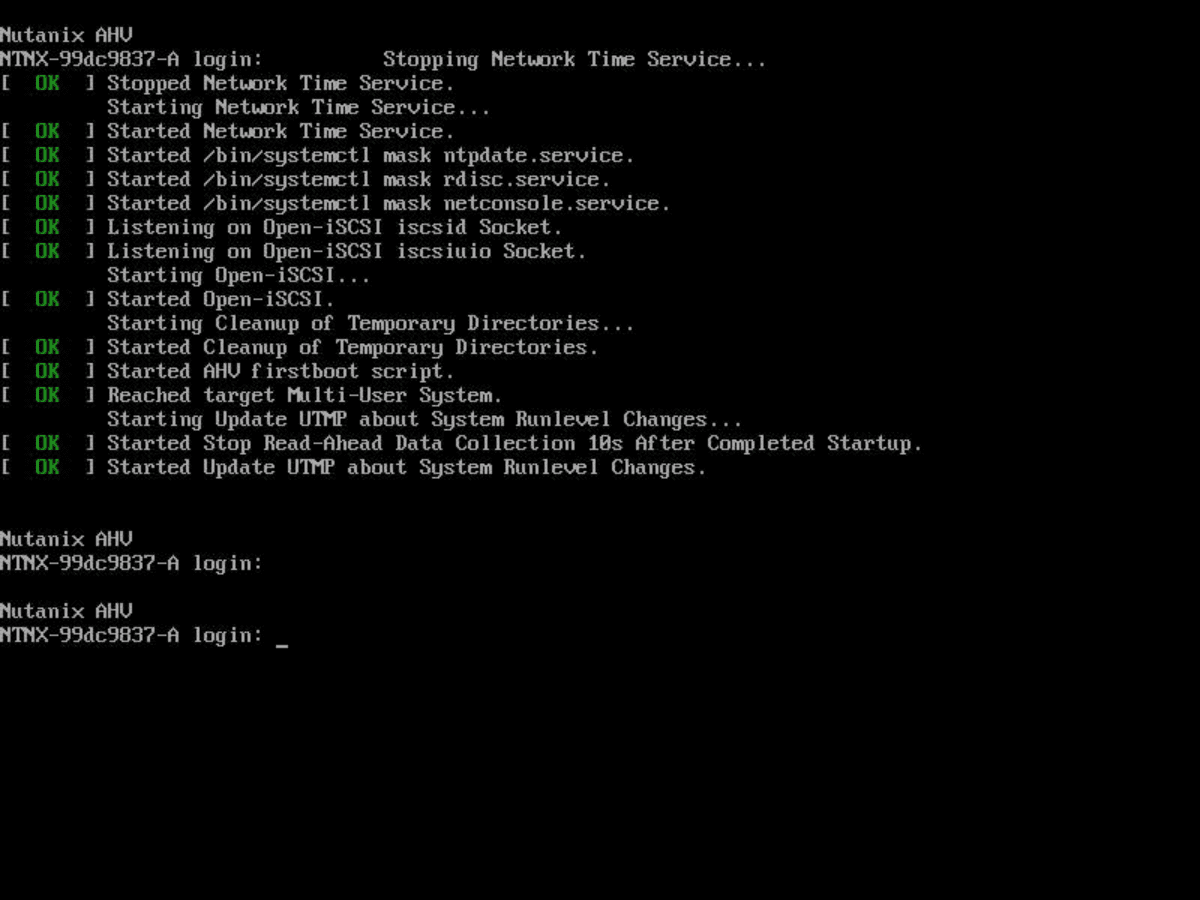
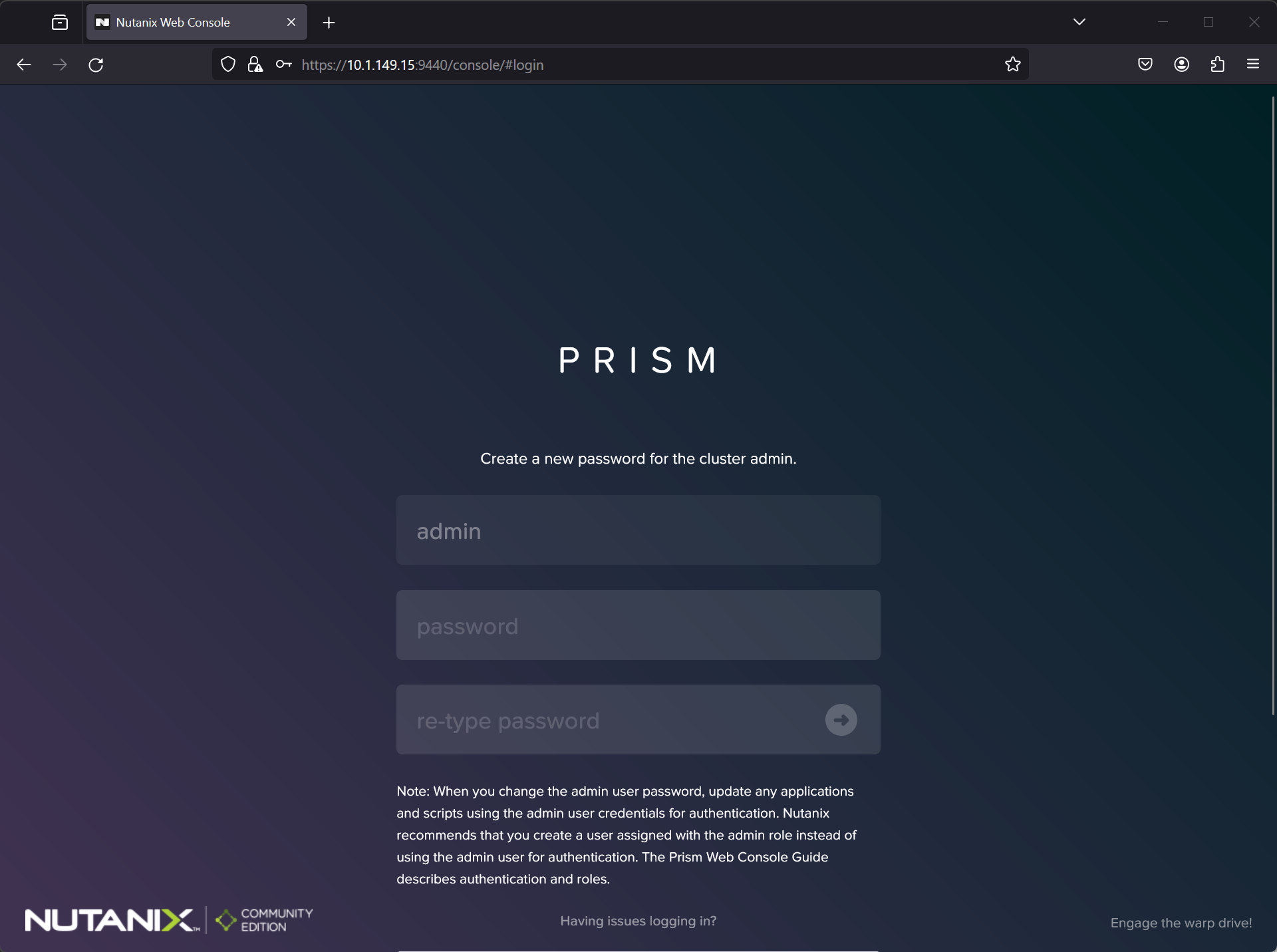
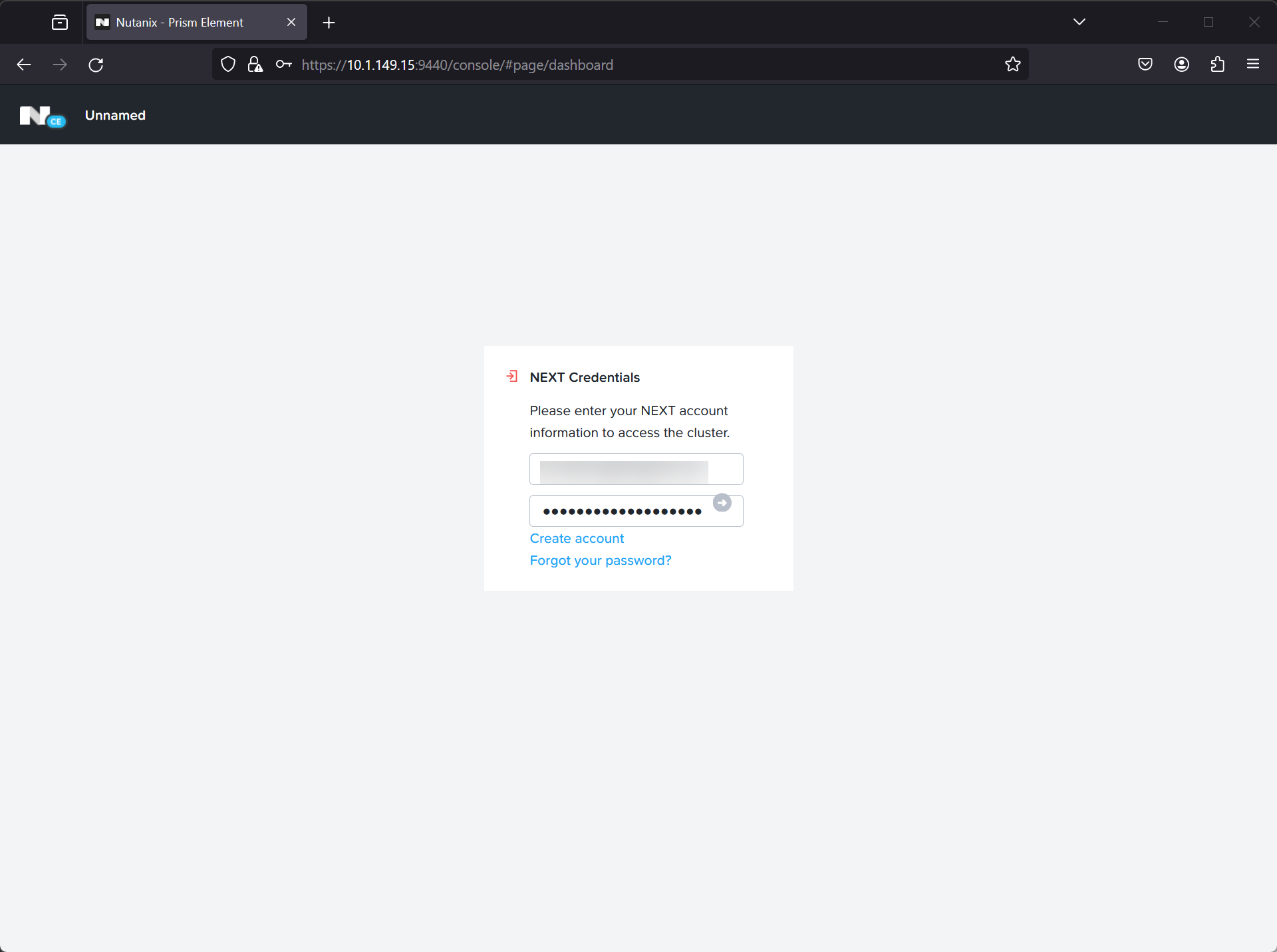
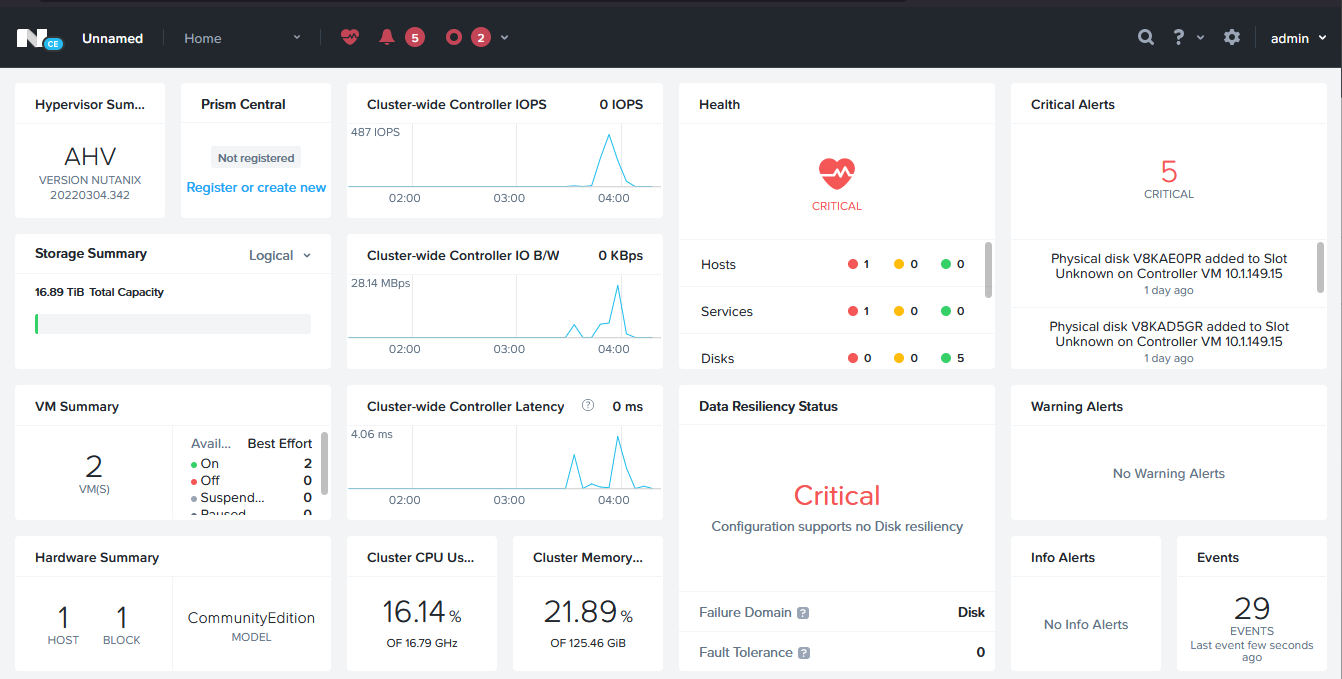
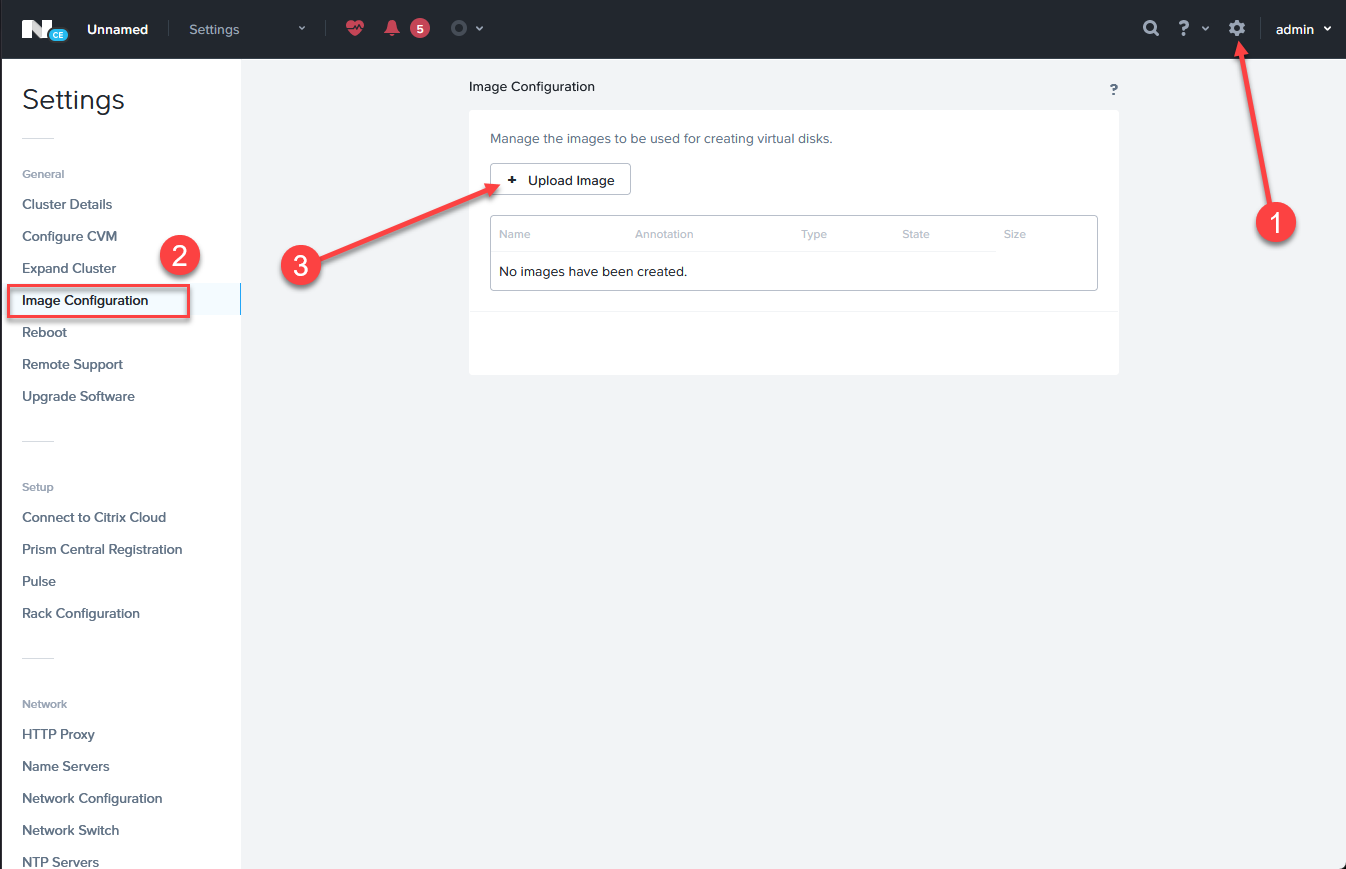
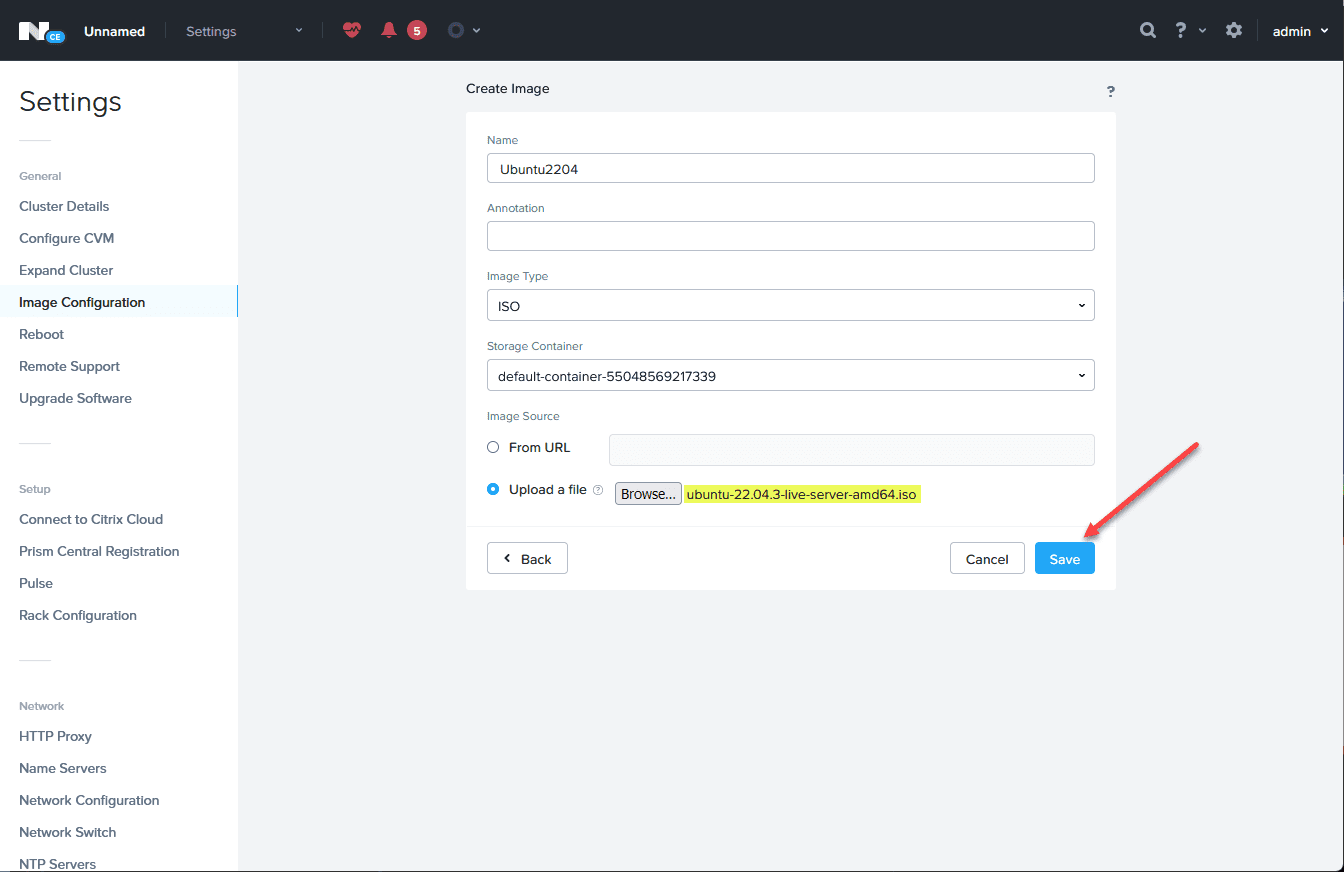
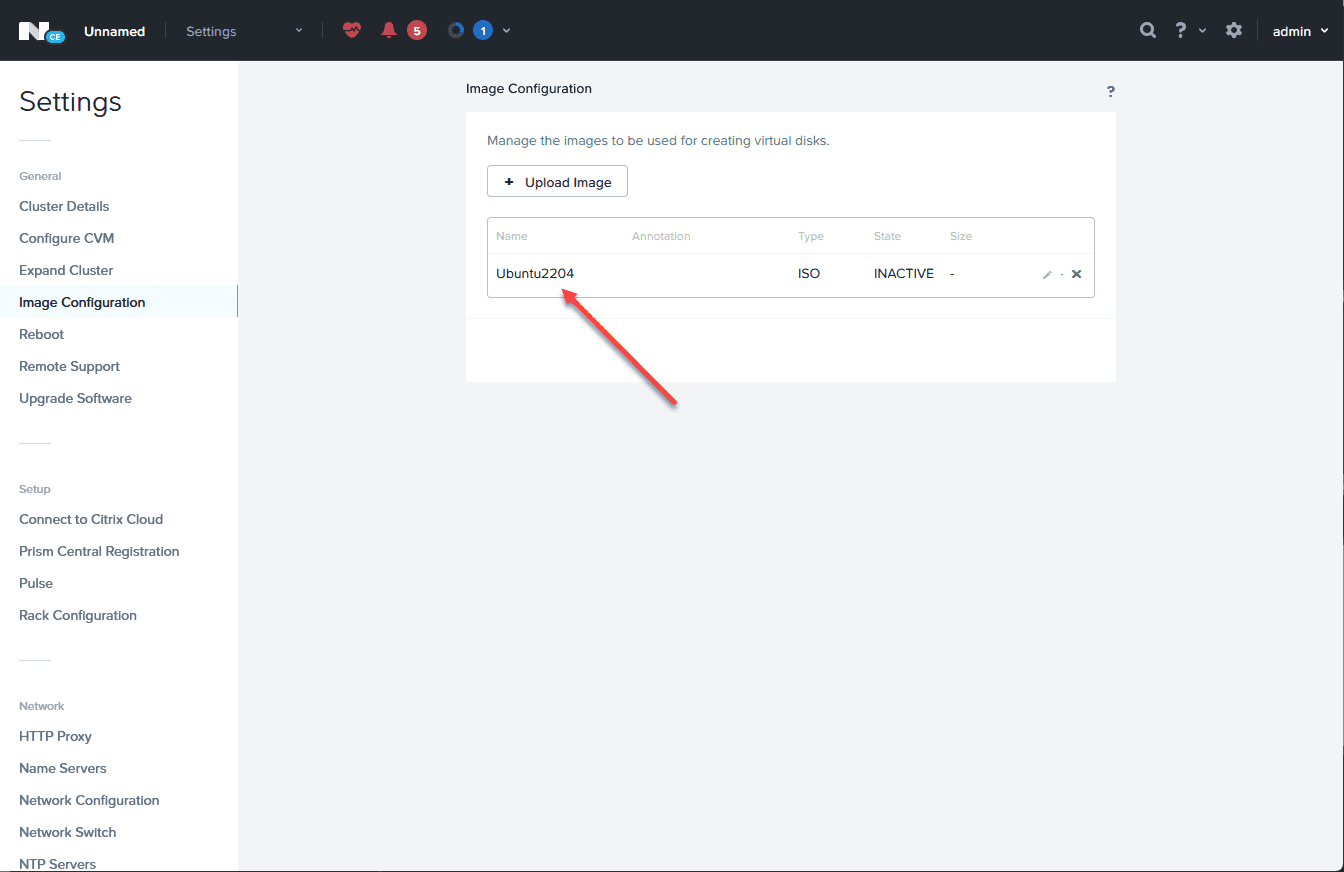
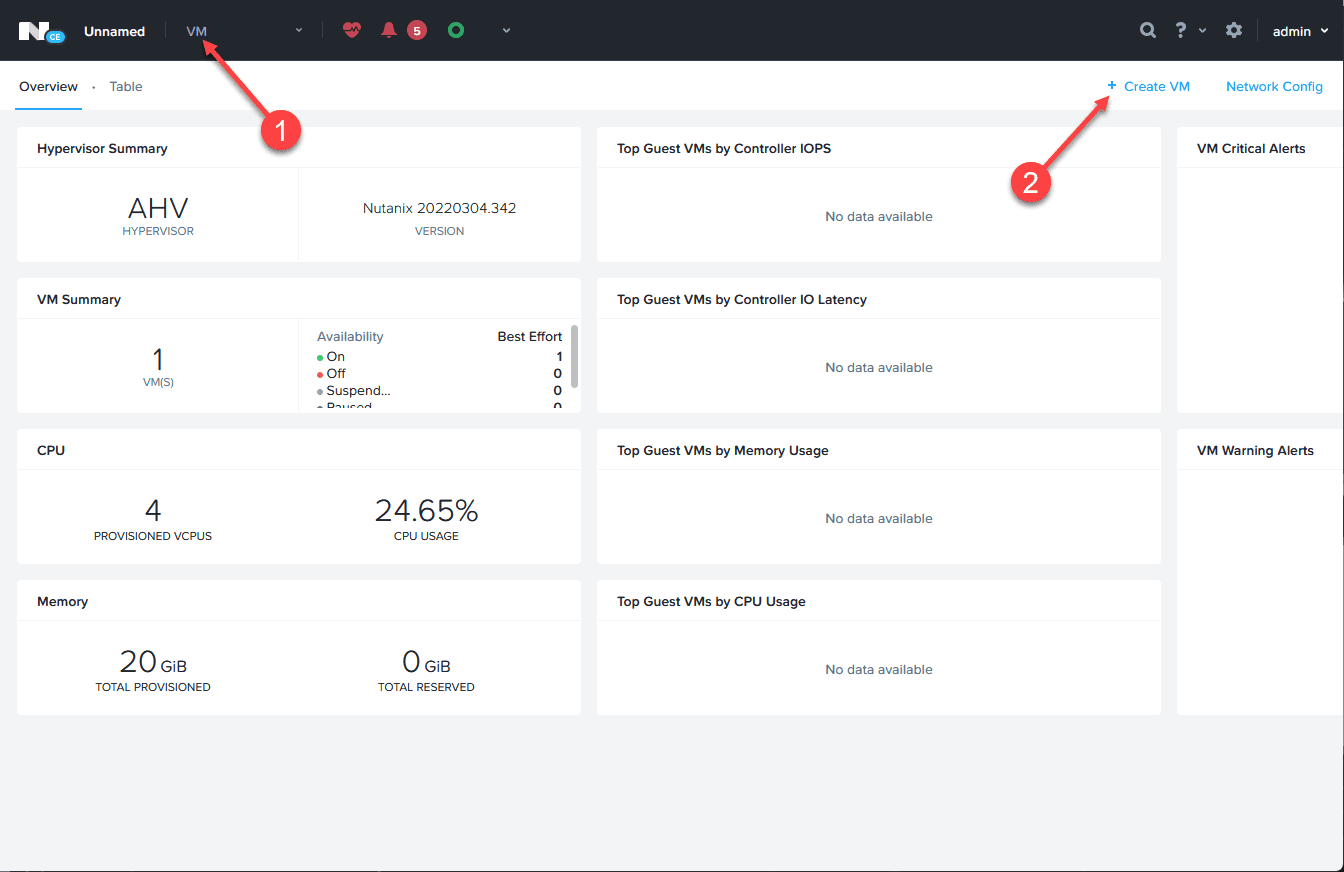
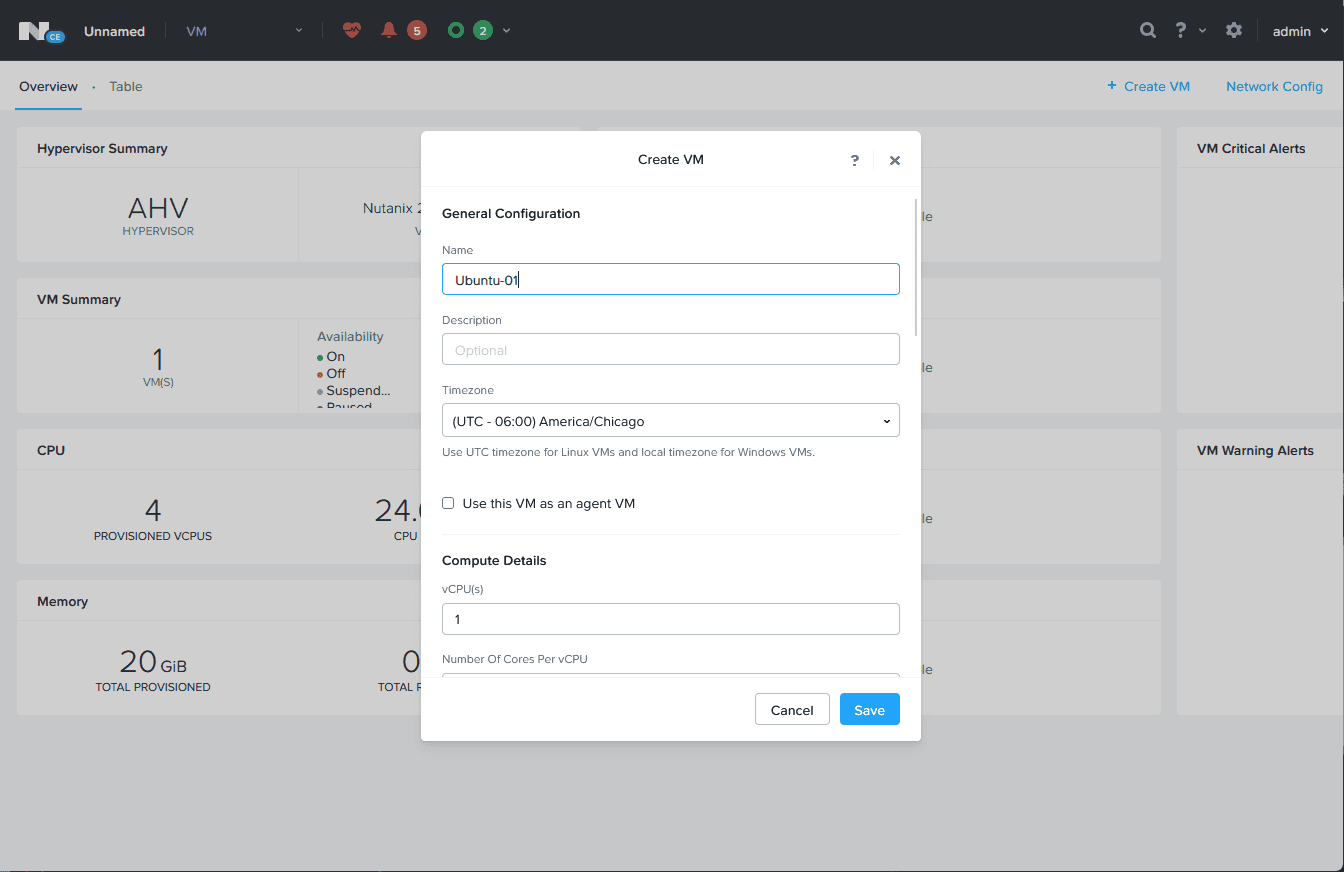
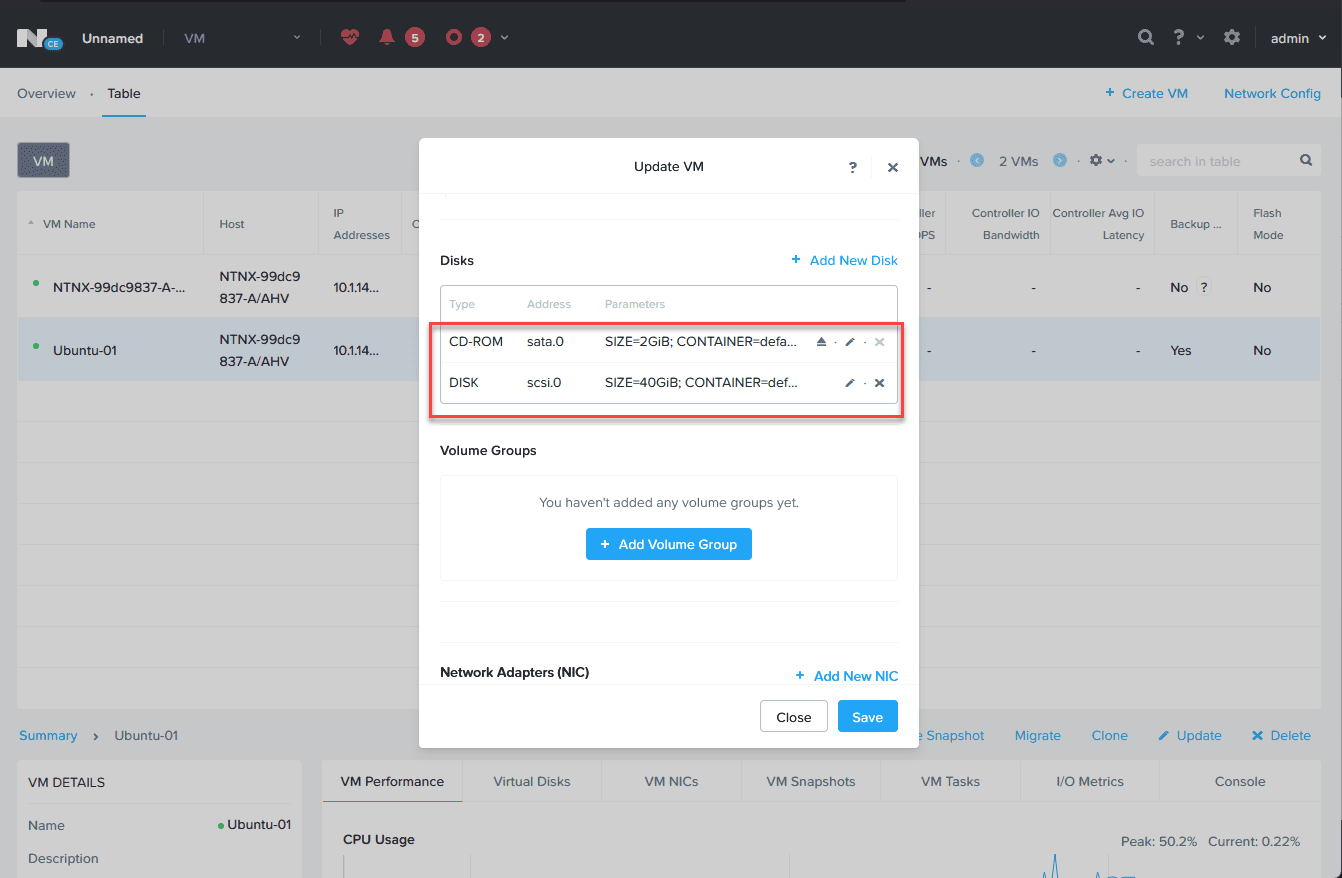
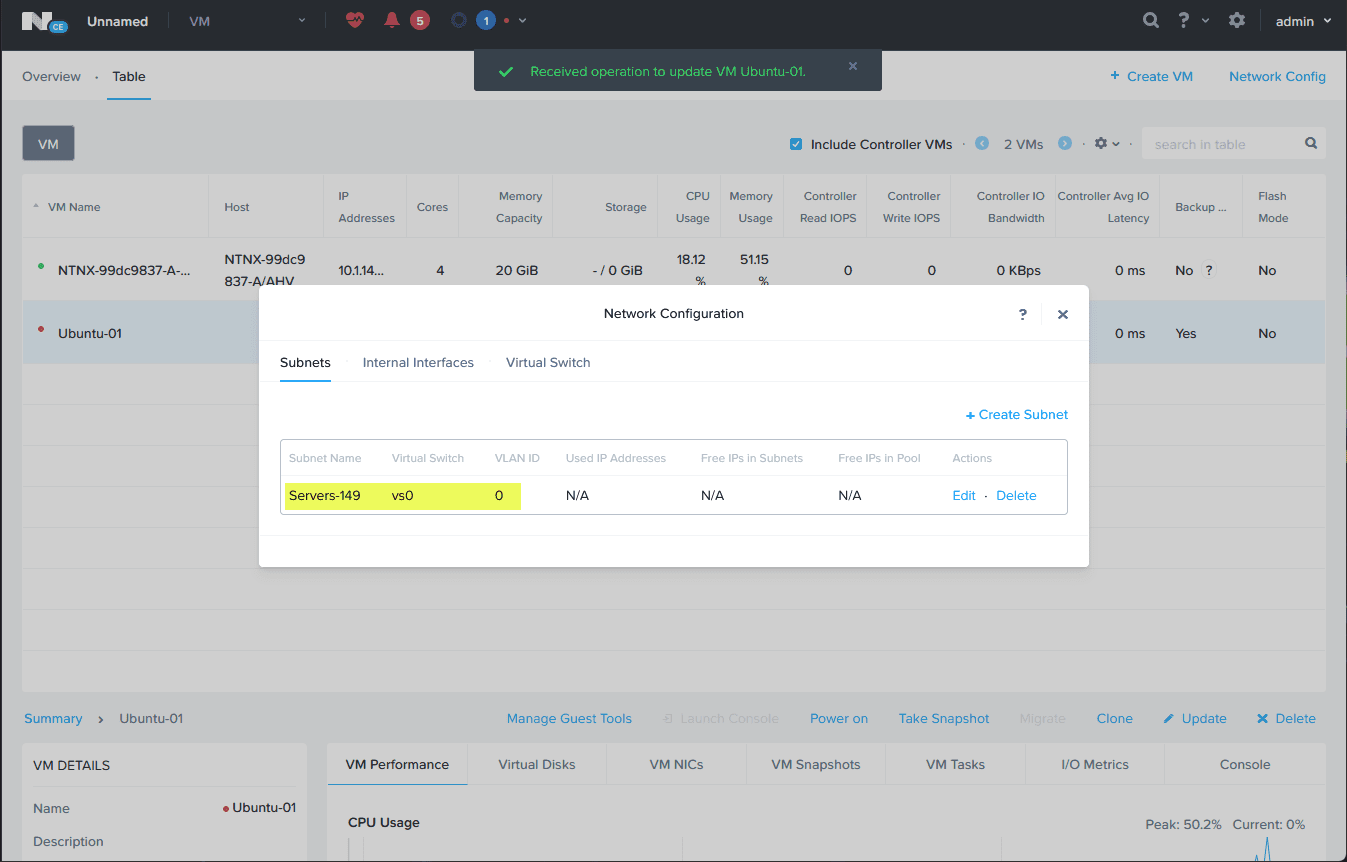
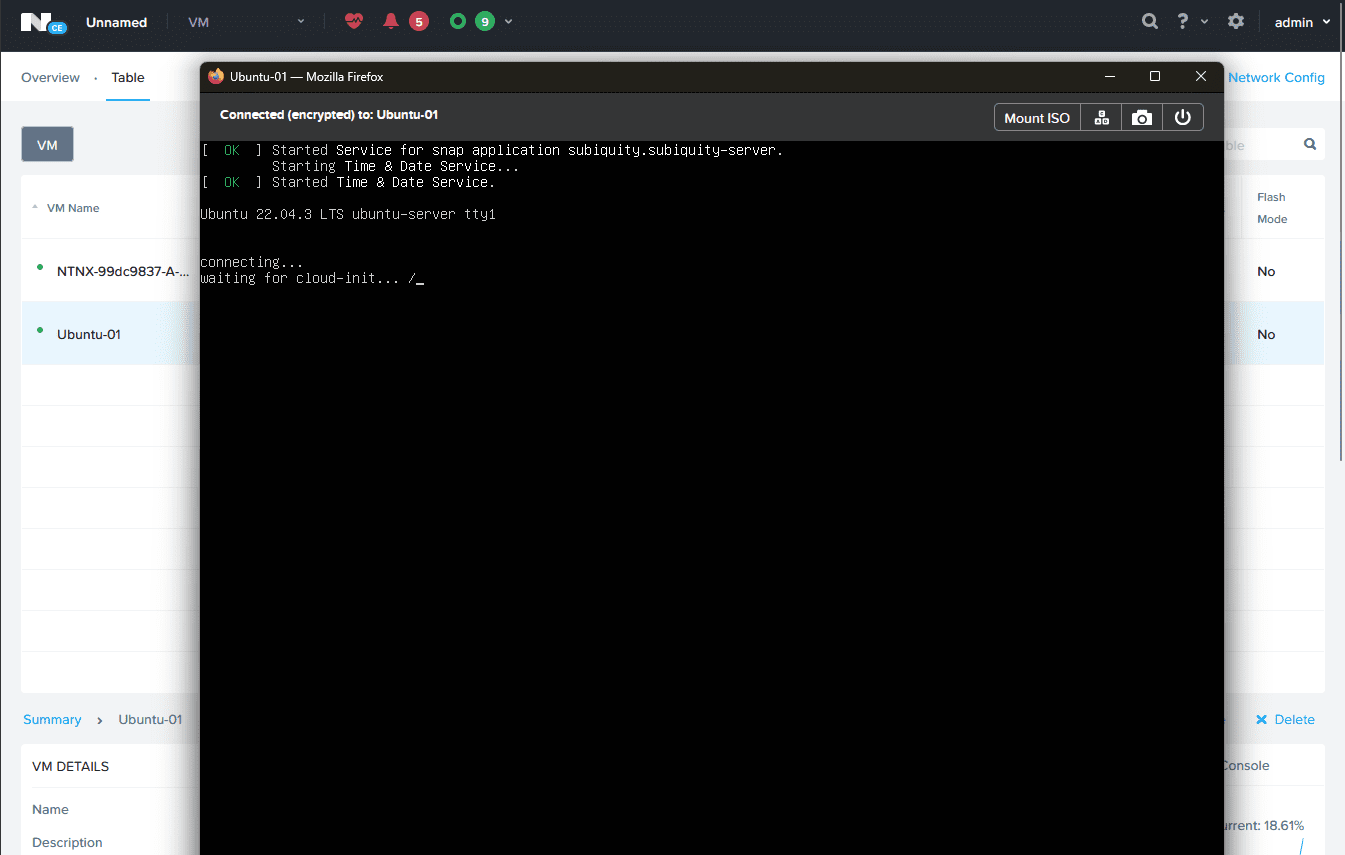
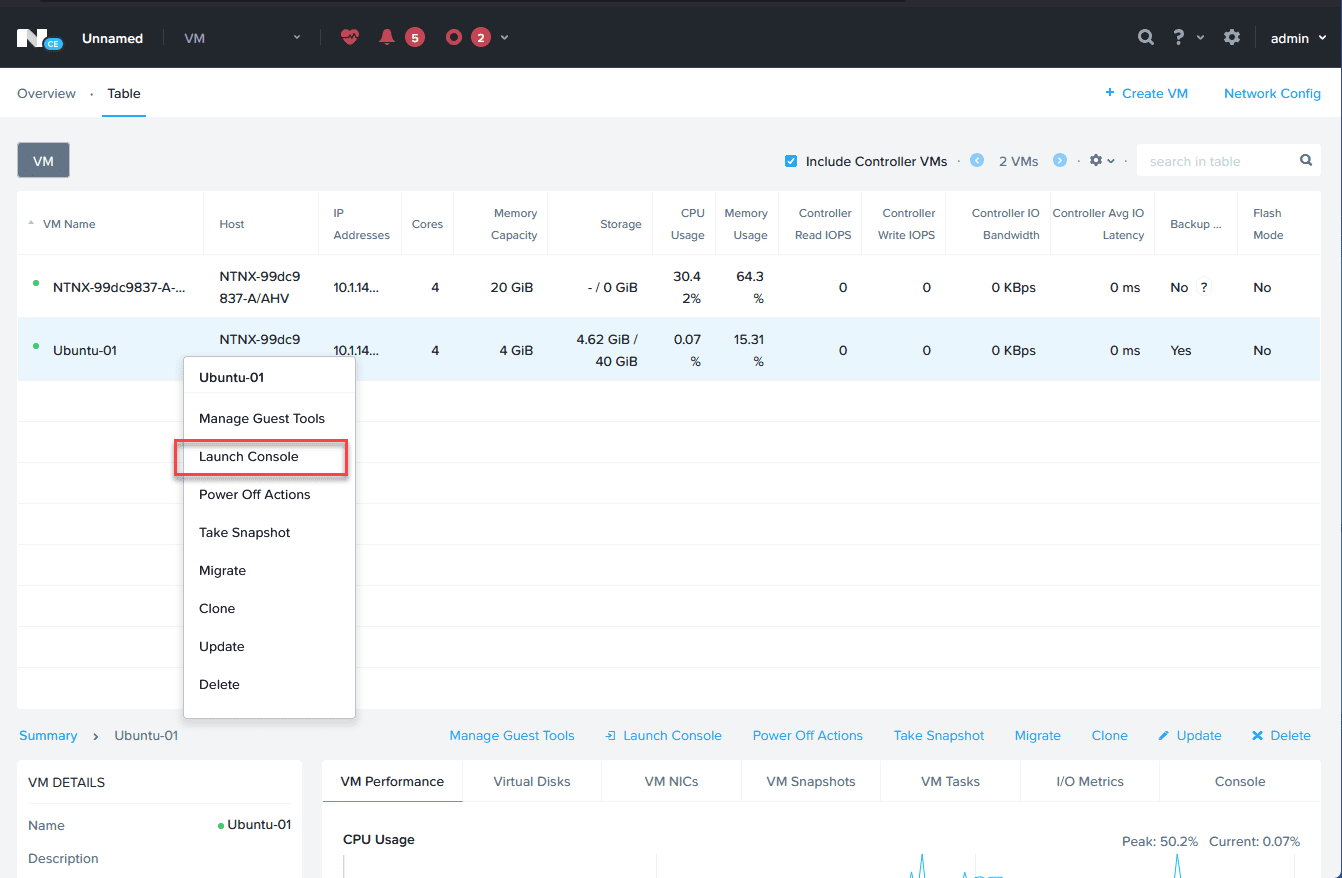
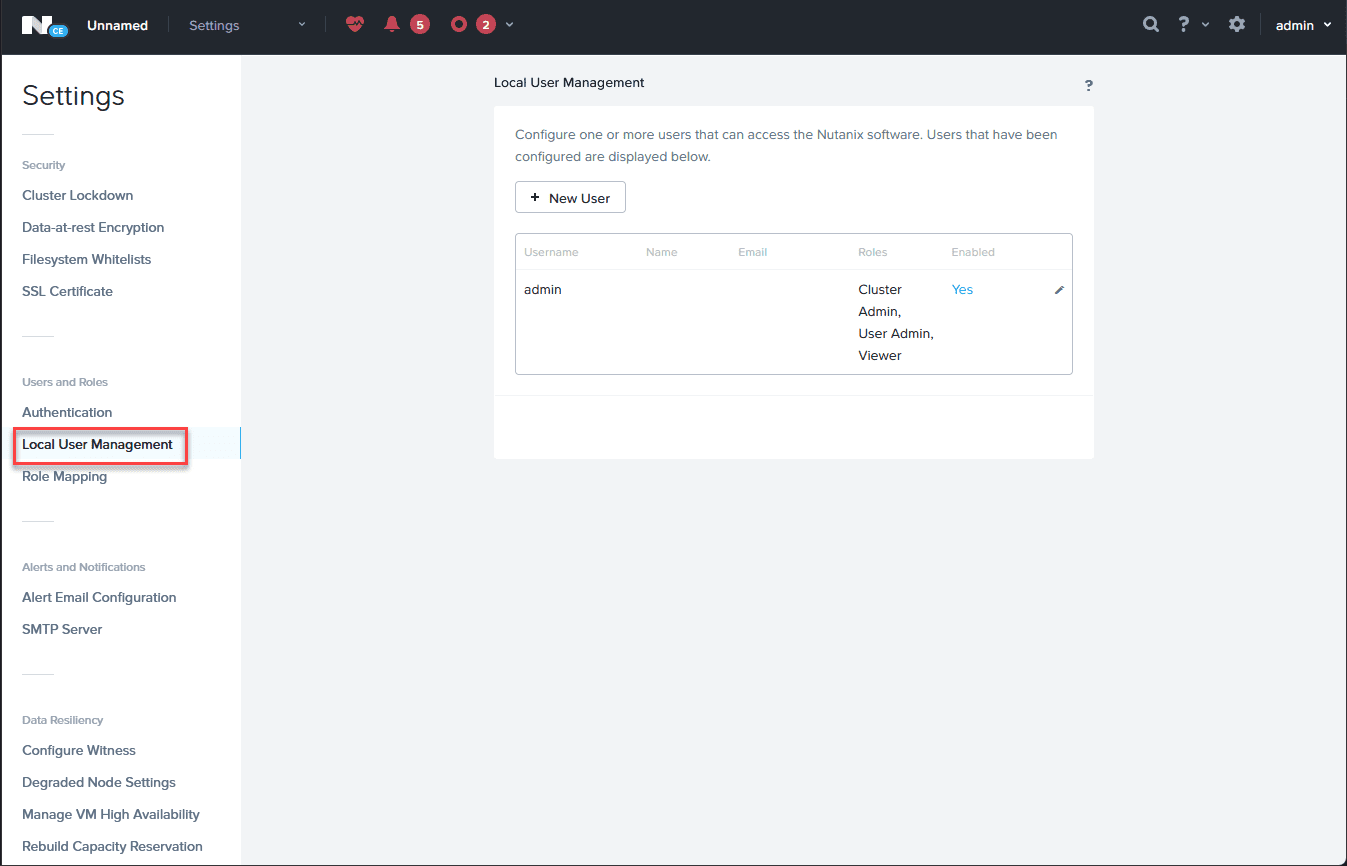
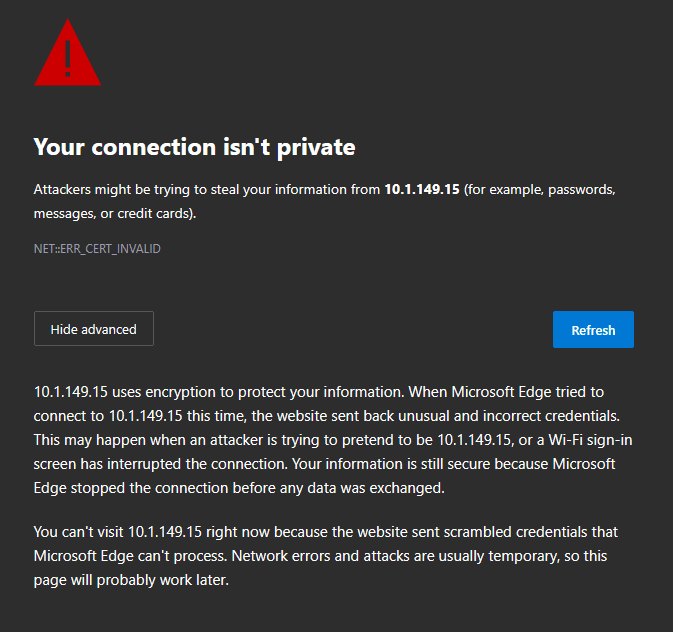
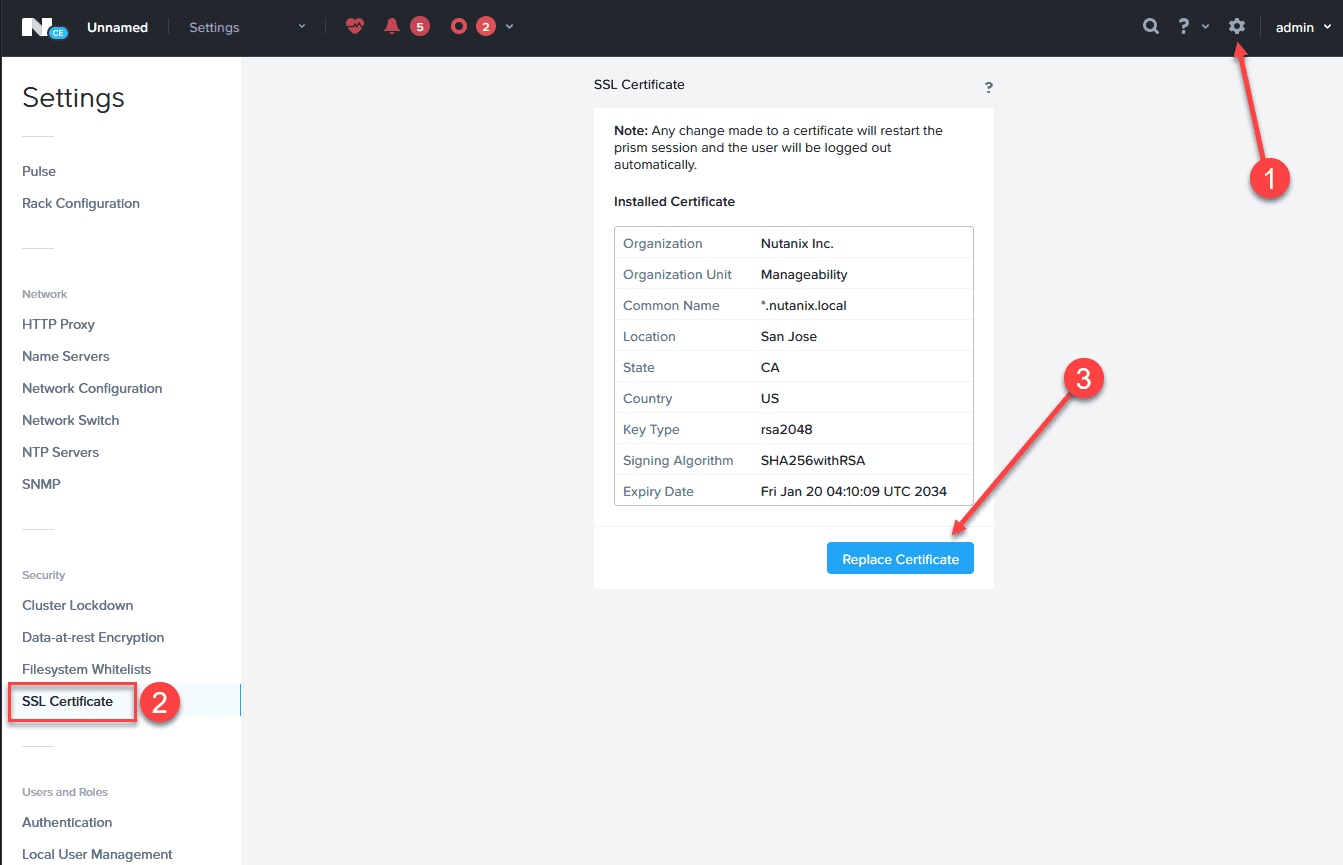

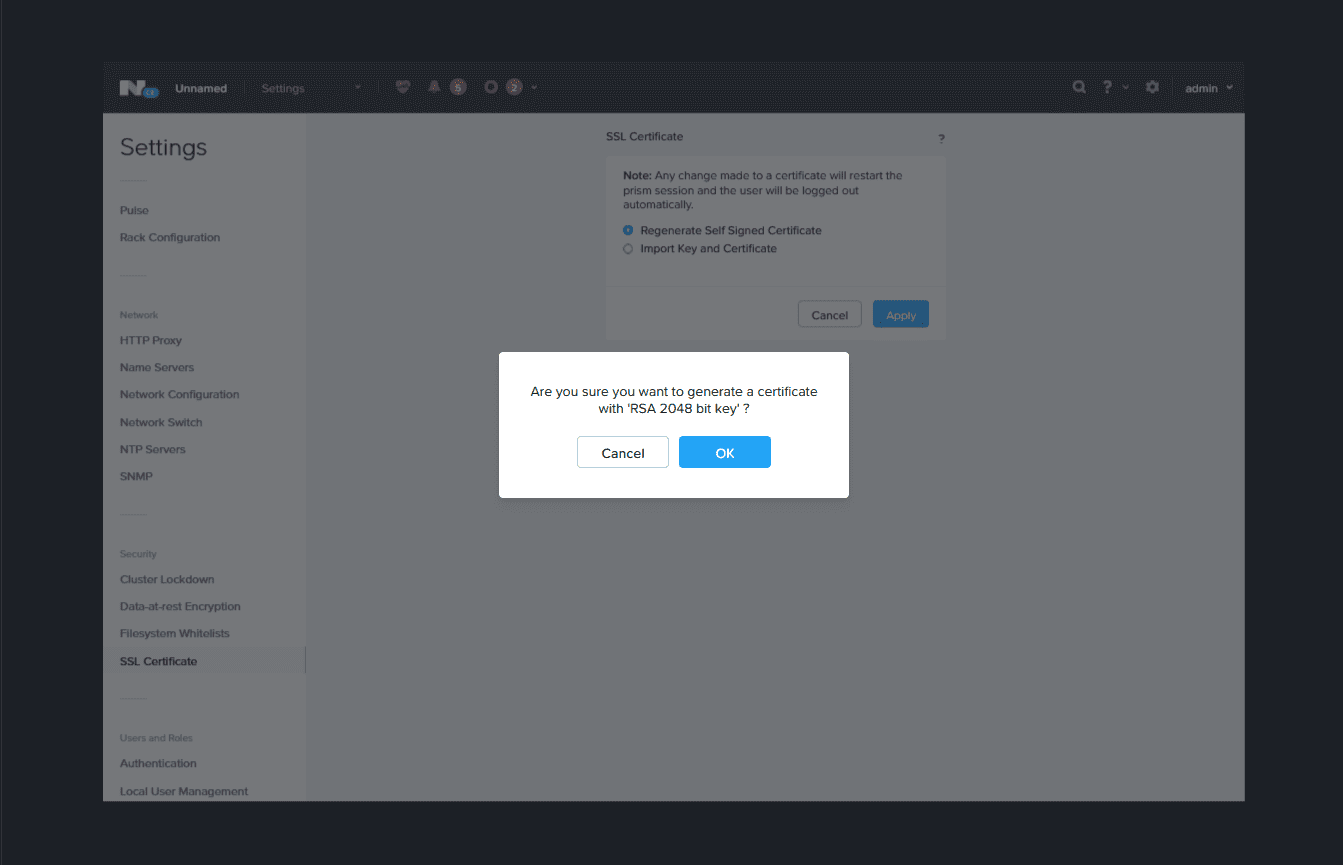
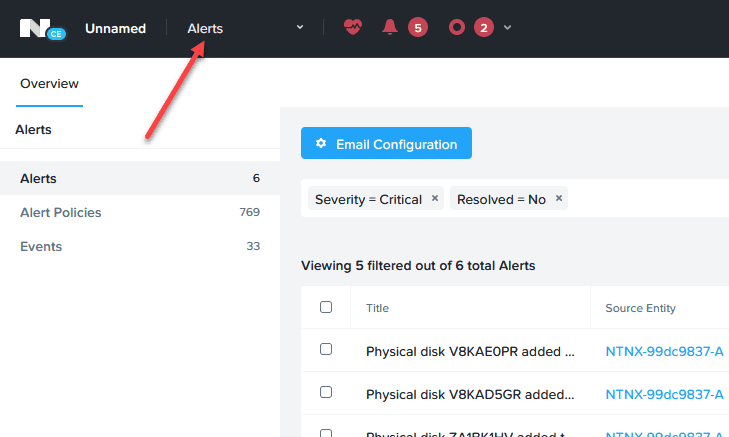








Great explanation Brandon. I’ll also try Nutanix CE in my homlab.
Nisar, thank you for the comment! I think a lot are exploring options right now. I think Nutanix has a good solution and it is great for home labbers to be able to spin up a Nutanix CE server to run VMs. Also, I think it will be good for many to acquire some Nutanix skills as undoubtedly we will see more of it in the field. Thanks again Nisar!
I found that with chrome based browsers you can type the words “this is unsafe” to allow the bypass prompt and then can regenerate the cert.
Mike,
Thanks for your comment! I really appreciate your input here. I definitely forget about the “thisisunsafe” flag. Great call out.
Re: Unable to get past the SSL warning in Chrome/Edge. This has been a thing for a few years with certain SSL errors. I hesitate to call it “better” security vs Firefox, but is certainly more strict.
However, you can easily force it to allow you through. When you get the warning page, just type: thisisunsafe
(there is no feedback when you do this, click anywhere in the page if you don’t have focus on the window.) No spaces or anything.
slightlyevolved, thanks for the comment! Good reminder about the “thisisunsafe” hack. I always forget about that in Chrome. Good tip.
Finally a blog post about nutanix!
I’ve been planning on trying it, however I can’t download the iso without first being signed up to NEXT. The unfortunate thing is that it requires a company email (or an email that isn’t a common one like Gmail). To get around it I was thinking of using proton mail and use my personal domain on it.
What are your thoughts regarding this matter?
Ben,
Thanks for your comment! Definitely, looking forward to creating more content around Nutanix. I would say there are a lot of free, “create a quick email” type websites that allow you to create quick and easy email addresses. Search for “temporary email address” and you will find tons of sites to create these. They usually qualify for “business email” for the most part.
Brandon
Nice blog post. Will you make a video about Nutanix? I truly believe this should deserve one
Matthew,
Thank you for the comment! Definitely, I think I will be creating content around Nutanix for sure. Stay tuned!
Brandon
I think the default SSL certificate behavior is something that is going to be addressed in future versions. However, there is no time like the present to make your own certificate authority in your lab and learn how to upload your own signed certs. It would make a great blog entry 😉
Jason,
Thanks for the comment! Definitely…I think there is a lot of interest in Nutanix and especially in the community. I have had so many reach out over this blog post so great to see that. Definitely more content coming soon.
Brandon
Thanks. How is updating to a new version handled in CE edition?
Mark, thank you for your comment! You can run an LCM inventory and pick up the latest updates for AHV AOS, etc. Let me know if you were asking something different.
Brandon
Just as an FYI, AOS/Hypervisor updates in CE are a coin toss. Depending on your hardware, those upgrades may fail. CE 1.0 was a separate build than the commercial version. The new CE 2.0 is built on the same code as commercial. Since Nutanix commercial code runs on very specific white listed hardware and components, it’s not out of the ordinary to strip out unneeded drivers as the new builds come out. Unfortunately this can, and has, resulted in some CE 2.0 instances unable to boot after LCM updating AOS and/or the hypervisor.
So, long story short, before you perform any LCM updates, check the community thread for update problems and make sure you won’t run into those situations.
Also, during install, do NOT skip putting in a DNS server or you will not be able to use the cluster at all. Logging into your Next account upon first login is required, hence the need for internet and DNS functionality.
Brian,
Thank you for the comment! These are really great insights you have provided here and definitely valuable for the community. I appreciate your input and recommendations. Are there easier ways or recommended update guidelines for CE that should be known? Is there a list of hardware published somewhere for compatibility with CE 2.0?
Thank you again Brian,
Brandon
Brandon, great video. I was not able to install Nutanix CE in my NUC directly, so I first installed Proxmox, ,activated nesting and then installed Nutanix CE in a vm with 32GB ram and 8 cores (The processor is Intel N305). I ran into a hiccup when the CVM was creating the cluster. Basically it did not create it, so I had to manually create it. After this everything worked fine. I must comment the Proxmox VM is running at >90% memory usage. I was able to create an ubuntu server VM, but it has a slow performance. I will try to tweak the Proxmox VM hw settings and options to see if I can improve the memory usage.
Francisco,
Great to know you were able to get Nutanix going in Proxmox. That is super cool! You are experiencing lots of tinkering with that setup. I can imagine performance will not be what you may want though with nested virtualization (the downside of that). Keep me posted on how you are geting along.
Brandon
Very good showed step by step… Do ecores with i9 12900H work on AHV ?
Andre,
Thank you for your comment! It looks like according to Nutanix, Community Edition does not support E-cores. They document however, you can disable the E-cores and it should work: https://portal.nutanix.com/page/documents/details?targetId=Nutanix-Community-Edition-Getting-Started-v2_0:Nutanix-Community-Edition-Getting-Started-v2_0.
Brandon